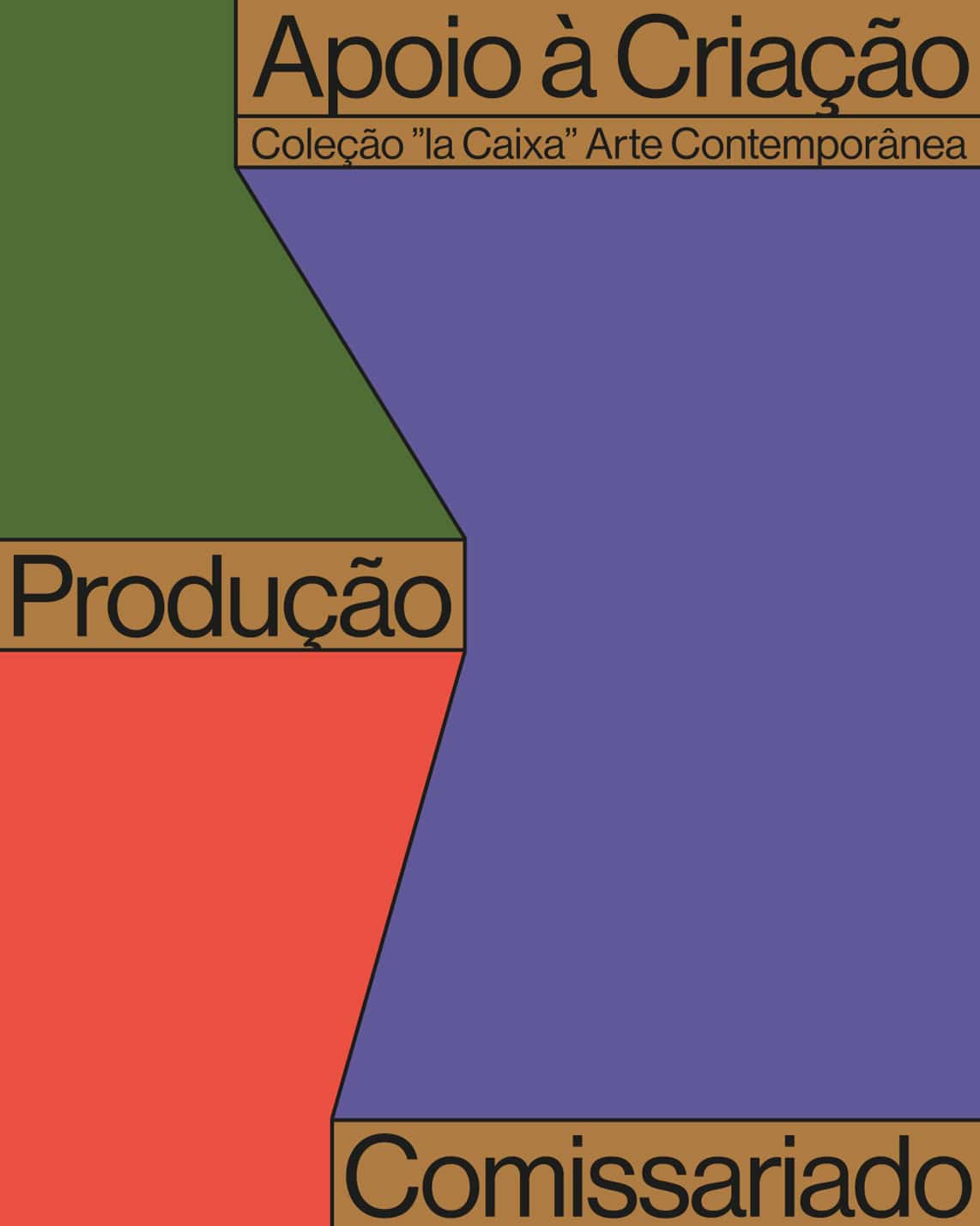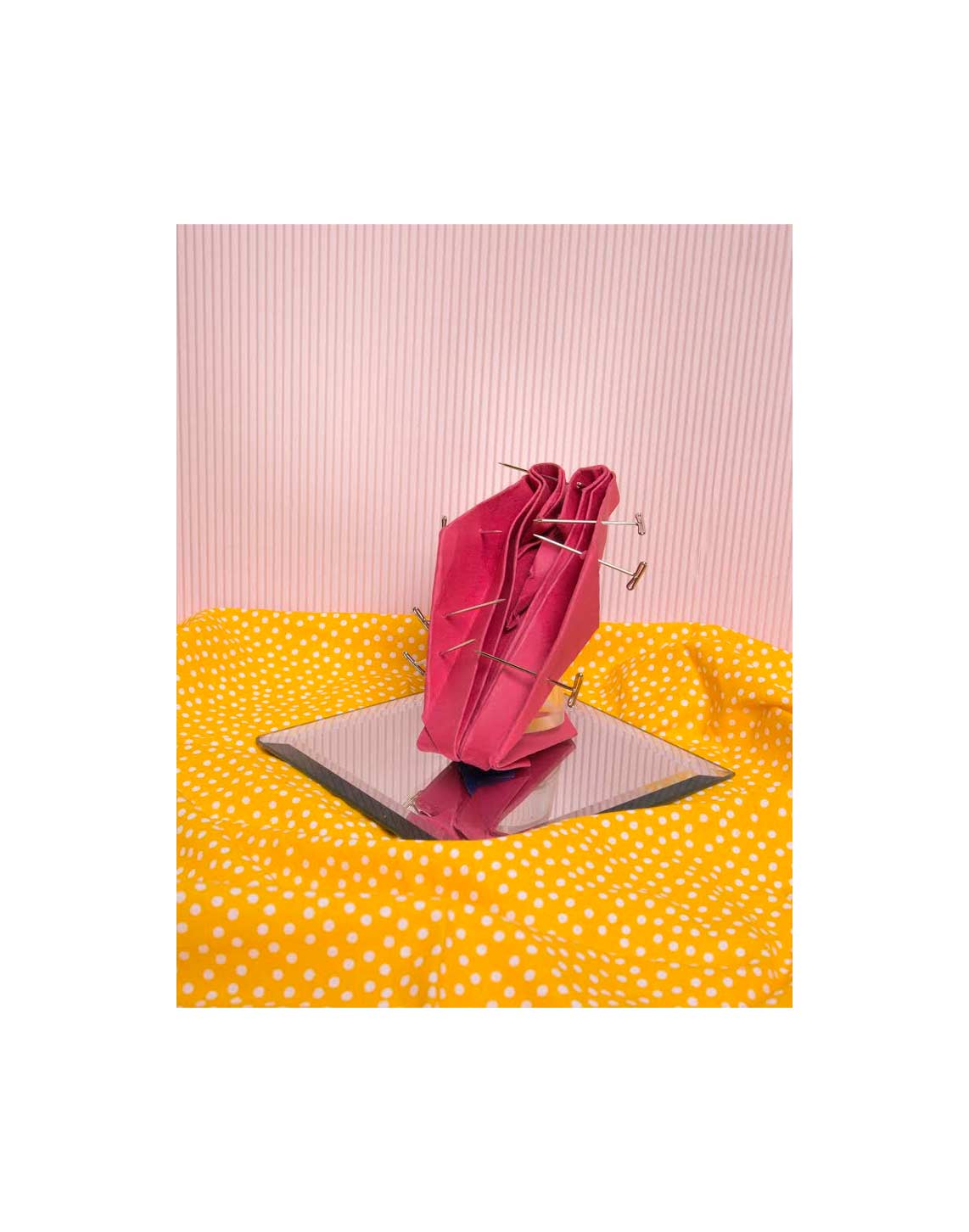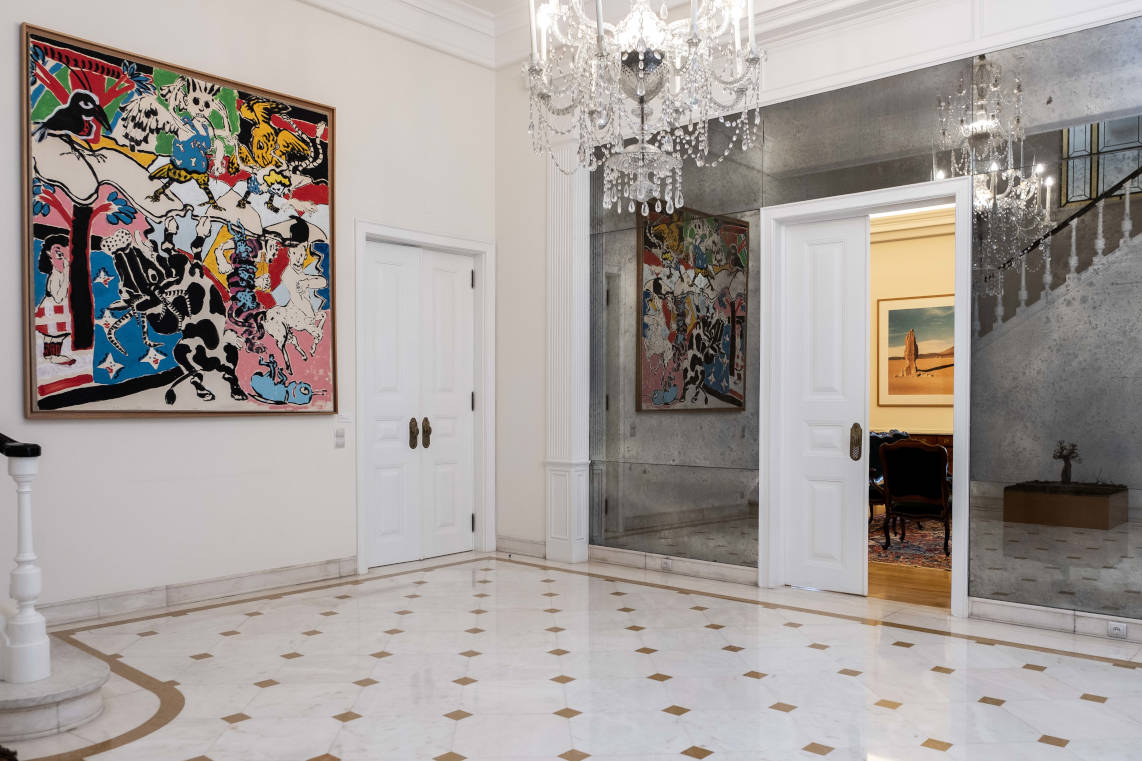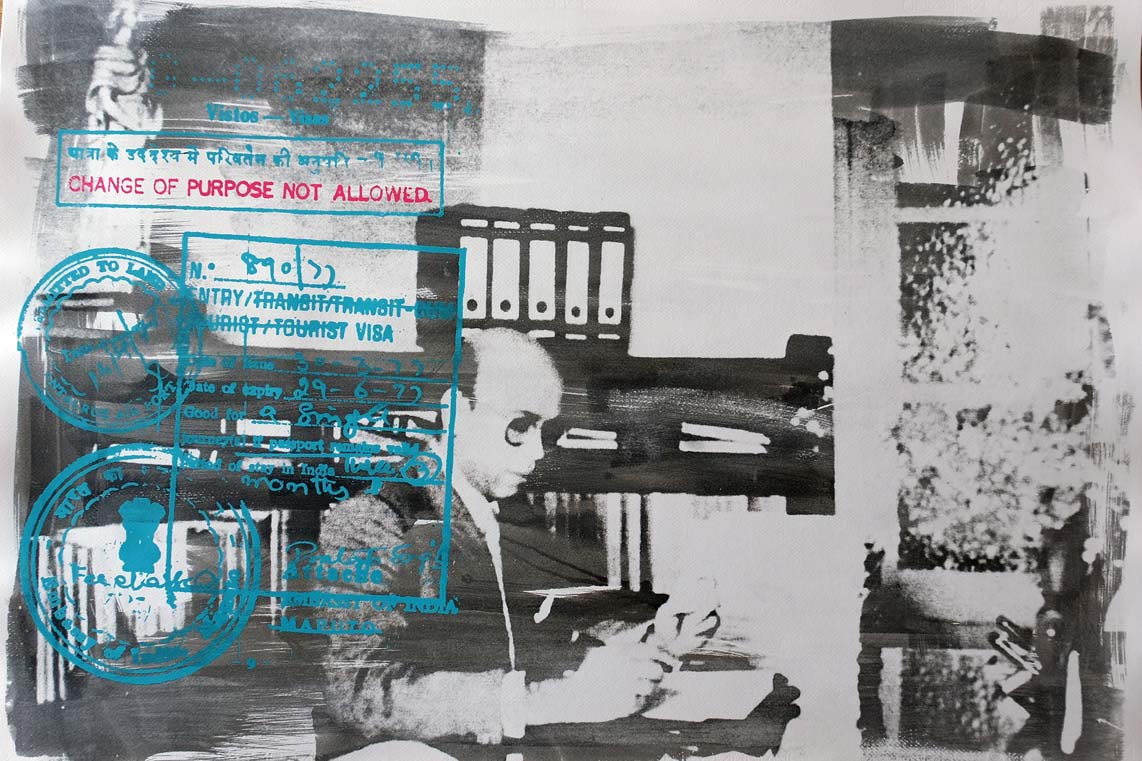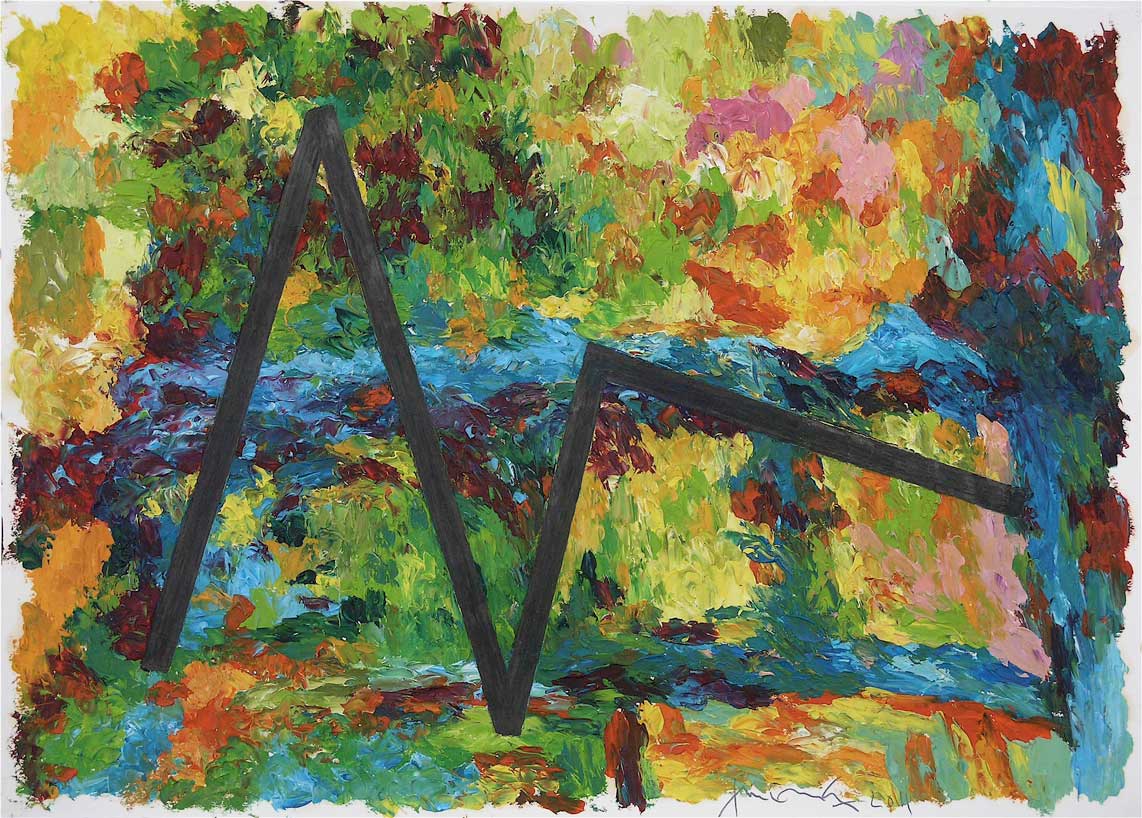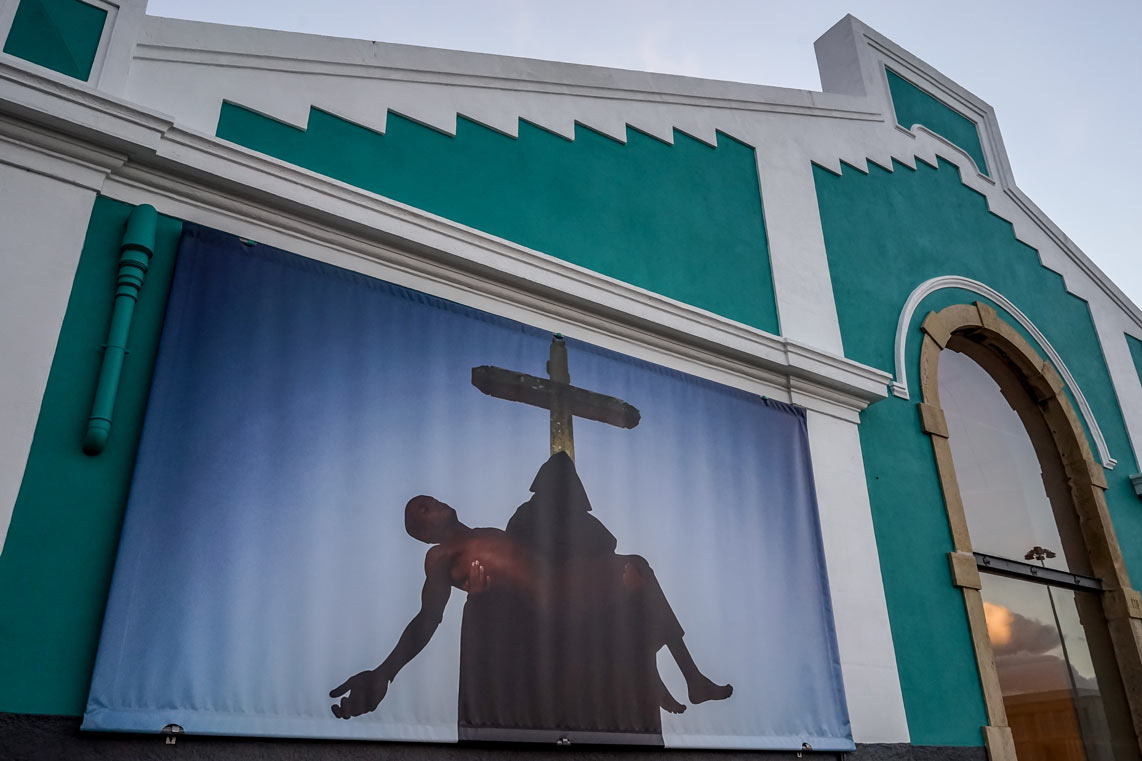Pay a visit to Arquivo Municipal de Lisboa | Fotográfico, where you can, until September, see the exhibition fotografias de trabalho. e outros desenhos (working photographs and other drawings), of Carlos Nogueira (b. 1947- Mozambique), with the curatorship of Paula Pinto and Sofia Castro.
After sporadic experiences, this is the first photography-devoted intervention. It’s a subtle show, showing 30 years of work, and despite his regular exhibitions, he still remains in the back seat in the artistic context.
The photographic support as a central element does not make this unique in terms of approach. It implicitly contains references to sculpture and drawing, an allusion articulated with a nature-surrounded environment, and explores abstract sketches through spatial and visual dynamic and reinventing formulations. This set has two kinds of work: a selection of photographs produced in different moments of his career and a collection of postcards, both are close to a visual essence, with sculpture in the background.
The language used does not work by itself. The image as an end product is not of his interest, rather as a continuous line, an object in transformation, in a permanent and successive discovery. His photos do not unveil a definitive status, instead they imply narratives that allow themselves to be spotted.
My work is focused on issues with tectonic and poetic roots, where concepts such as permanence, ephemeral and sacred are everlasting axes. (C. Nogueira)
We should emphasize his installation-type work, using rigid material alongside fragile components based on a purified language. Actually, this was the field in which he became known, side-lined by design, embedded in literary texts of poetic character. “To draw is to think. It’s also about writing, face and memory as a process of feeling and acting”, according to the artist. This is why his written pieces often appear in the titles of exhibitions and pieces; as we can see in the anthological o lugar das coisas (a place for all things) at the Gulbenkian Foundation.
Not too far from Arquivo, in Jardim das Galveias, we find a piece of his, permanently placed, Nunca mais olhaste o céu (You stopped looking at the sky), that was part of the show A noite e branco (The night and white) at Pavilhão Branco. This space presents dense rectangular volumes, with fierce geometric lines, open at the top, perhaps to allow the sculptures to be in direct touch with the sky.
The reference to the house is one the most common traits in his projects, in an allusion to the construction, the location, the space of things close to architectural structures, playing with light, water and sound. The volumes are formed by parallel laths, where light has an active role in sculpture, attracting the eyes of the spectator towards the big planes. As the author insists: “I’m interested in light. The geometry of time and the irreversibility of thought”. If the world is an unknown creator’s effort, the house is certainly a man’s work. Carlos Nogueira uses this to ascertain the origin of poetry: the art of edifying and inhabiting places in the world.
The show raises questions about the process between object/picture and original/reproduction. It establishes the uniqueness of the gesture, something typical since the beginning of his career, with the early years being marked by a performative action.
In another exercise, the images here photographed fixate simple, short-lived moments. The photographs as works of art are presented as an integral part of the process, without beginning or end, simultaneously assuming themselves as documental records that opt for the sensory universe.
These are works of author that the artist has been registering since the 70s, under an affinity for the ownership and recombination of objects.
Carlos Nogueira has gathered fragments for years, until they find their place as works of art, and he keeps taking a singular path, now emerging equal to himself in an undeniable and formal coherence. In the background, this exhibition can somehow be seen as a return to his origins, where ephemerality prevails against what is definitive.
